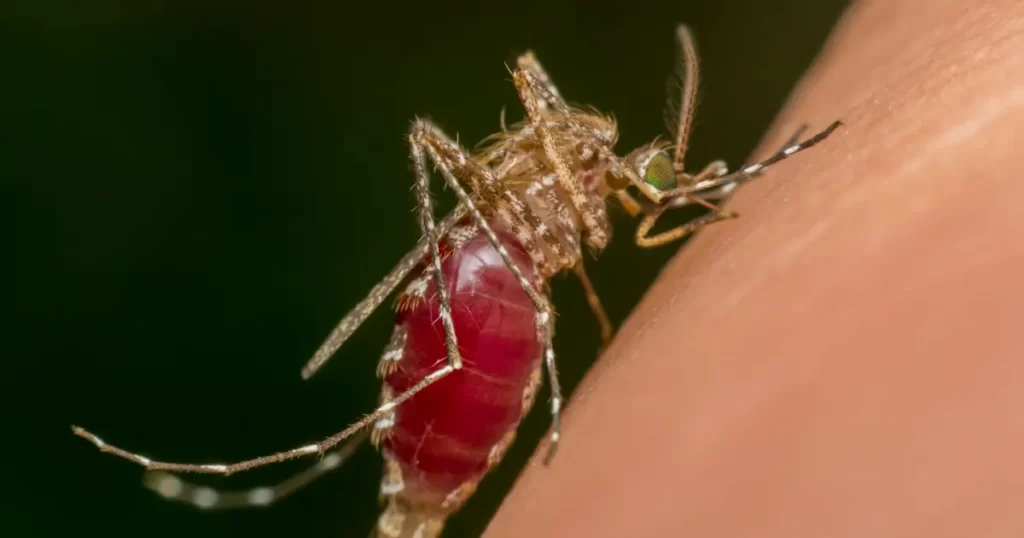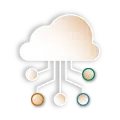Introduction
Every November, Stomach Cancer Awareness Month shines a light on one of the world’s most under-recognized diseases. It’s a time to unite communities in Fighting Stomach Cancer Together, emphasizing prevention, early detection, and research.
Stomach cancer, or gastric cancer, often progresses silently, showing few symptoms until it reaches advanced stages. Because of this, awareness becomes an act of prevention—empowering people to notice early signs and take action. When education leads to early detection, lives are not only saved but transformed through hope and timely care.
How can increased awareness today help prevent suffering and save lives tomorrow?
Understanding Stomach Cancer
Gastric cancer develops when malignant cells form in the stomach lining and multiply uncontrollably. It is currently the fifth most common cancer and the fourth leading cause of cancer-related deaths worldwide, responsible for nearly one million new cases annually [1].
There are two primary types: cardia (upper stomach) and non-cardia (lower stomach) cancers. While Helicobacter pylori infection is the most established risk factor, other contributors include smoking, excessive salt intake, obesity, and genetic predisposition [2]. Recognizing these causes and promoting prevention are central to reducing global incidence rates.
Why Awareness Matters
- Silent onset: Early-stage stomach cancer often causes vague symptoms—like mild indigestion or discomfort—that delay diagnosis [3].
- Limited screening access: High-risk regions such as East Asia, South America, and parts of Eastern Europe still face challenges in implementing broad screening programs [4].
- Preventable risks: Nearly half of all gastric cancers stem from modifiable lifestyle factors or infections [2].
- Promising advances: Improvements in endoscopic imaging, immunotherapy, and biomarker research offer new hope for early and personalized treatment [5].
By spreading awareness, Fighting Stomach Cancer Together becomes a collective mission that turns late-stage discoveries into early-stage interventions.
Recognizing the Warning Signs
Because stomach cancer progresses gradually, the early warning signs are often mistaken for common digestive issues. Persistent nausea, heartburn, or early satiety (feeling full after small meals) can signal potential problems. As cancer advances, symptoms such as vomiting, fatigue, abdominal pain, and dark stools may appear [3].
Endoscopy with biopsy remains the most accurate diagnostic tool. In countries where organized screening programs are available, gastric cancer mortality has dropped significantly [4]. Recognizing these signs and encouraging regular medical evaluation are vital steps toward prevention.
Fighting Stomach Cancer Together Through Prevention
Prevention is the cornerstone of stomach cancer control. Every step toward awareness contributes to a healthier community:
- Testing for H. pylori. Treating infection with antibiotics and acid-reducing medication significantly lowers cancer risk [2].
- Adopting a balanced diet. Include fiber-rich foods, fruits, and vegetables while limiting salt, smoked meats, and processed foods.
- Avoiding smoking and alcohol. Both increase the likelihood of gastric and other digestive cancers [3].
- Scheduling regular checkups. Individuals with chronic gastritis, a family history of stomach cancer, or previous gastric surgery should consult their healthcare provider about endoscopic screening [4].
Public campaigns encouraging these habits help communities turn awareness into sustained preventive action.
A One Health Perspective
The One Health model reminds us that human health is deeply connected to environmental and microbial wellbeing. Reducing H. pylori transmission through clean water, proper sanitation, and food safety directly lowers stomach cancer risk [5].
Integrated strategies—combining nutrition education, infection prevention, and public health infrastructure—create sustainable progress. Prevention, after all, begins not only in hospitals but in homes, schools, and communities where knowledge spreads.
Conclusion
This November, let’s commit to Fighting Stomach Cancer Together for a Healthier Future. Through education, advocacy, and early detection, we can reduce the global burden of gastric cancer and improve survival for thousands of individuals each year.
Every shared post, health discussion, and community screening event contributes to saving lives. By uniting science, compassion, and awareness, we pave the way for a future where fewer families are affected—and where prevention truly becomes a shared act of hope.
References
- Sung, H., et al. (2023). Global cancer statistics 2022: GLOBOCAN estimates of incidence and mortality worldwide. CA: A Cancer Journal for Clinicians, 73(3), 209–249. https://doi.org/10.3322/caac.21834
- Reyes, V. E. (2023). Helicobacter pylori and Its Role in Gastric Cancer. Microorganisms, 11(5), 1312. https://doi.org/10.3390/microorganisms11051312
- Smyth, E. C., Nilsson, M., Grabsch, H. I., van Grieken, N. C., & Lordick, F. (2020). Gastric cancer. The Lancet, 396(10251), 635–648. https://doi.org/10.1016/S0140-6736(20)31288-5
- Ryu, K. W., et al. (2023). Advances in screening and early detection of gastric cancer: A global overview. Frontiers in Oncology, 13, 1468488. https://doi.org/10.3389/fonc.2024.1468488
- Capelle, L. G., de Vries, A. C., & Kuipers, E. J. (2022). Prevention strategies for gastric cancer: A One Health approach. Frontiers in Veterinary Science, 9, 656833. https://doi.org/10.3389/fvets.2022.656833













